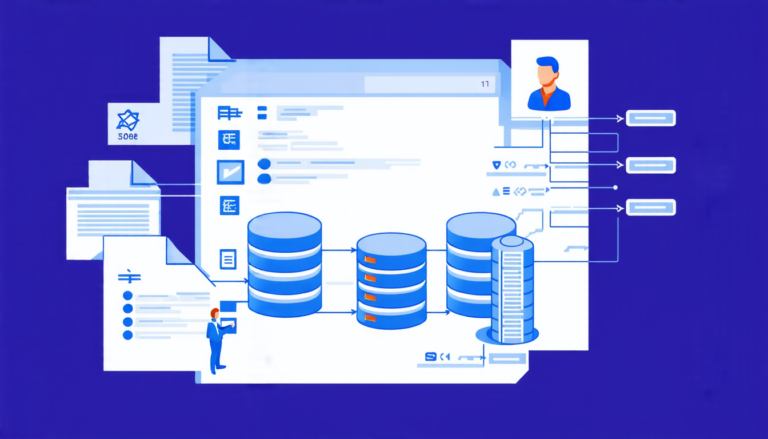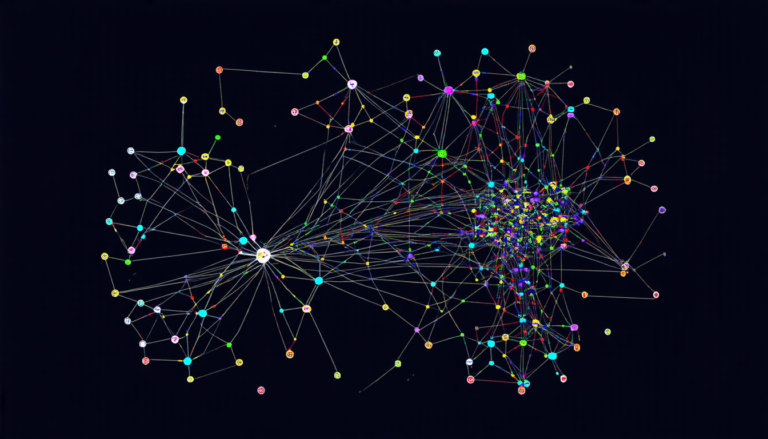Thursday 04 September 2025
The rise of large language models has brought about a new era in artificial intelligence, enabling machines to process and generate human-like text with unprecedented accuracy. However, this progress has also raised concerns over intellectual property rights, as these models are often created using significant computational resources and expertise.
To address this issue, researchers have proposed various methods for watermarking large language models, allowing their creators to verify ownership and detect tampering. One such approach is RouteMark, a framework designed to protect the intellectual property of individual experts within merged models.
The concept of merging multiple task-specific models into a unified architecture has gained popularity in recent years, as it enables shared deployment and improved performance across diverse tasks. However, this paradigm introduces a critical challenge: how to attribute and safeguard the intellectual property of individual experts after merging.
RouteMark tackles this problem by developing expert-level fingerprints that capture the unique routing behaviors of each task-specific model under probing inputs. These fingerprints are constructed using two complementary statistics: the Routing Score Fingerprint (RSF), which quantifies the intensity of expert activation, and the Routing Preference Fingerprint (RPF), which characterizes the input distribution that preferentially activates each expert.
The similarity-based matching algorithm used in RouteMark compares expert fingerprints between a suspect model and a reference model to detect tampering or unauthorized reuse. Extensive experiments have shown that RouteMark consistently yields high similarity for reused experts and clear separation from unrelated ones, making it an effective tool for IP verification.
Moreover, RouteMark remains robust against various forms of tampering, including structural changes (such as expert replacement, addition, or deletion) and parametric modifications (like fine-tuning, pruning, or permutation). This resilience is particularly important in the context of large language models, where small changes can have significant impacts on performance.
The development of RouteMark highlights the need for more sophisticated approaches to intellectual property protection in AI. As the field continues to evolve, it is essential that researchers and developers prioritize the creation of robust and practical watermarking solutions to safeguard the rights of model creators.
In a world where artificial intelligence is increasingly integrated into our daily lives, the importance of protecting intellectual property cannot be overstated. RouteMark represents a significant step forward in this direction, offering a practical framework for verifying ownership and detecting tampering in large language models. As the use of AI continues to grow, it is crucial that we develop effective solutions to ensure the integrity and security of these powerful tools.
Cite this article: “Protecting Intellectual Property in Artificial Intelligence: RouteMark’s Watermarking Framework for Large Language Models”, The Science Archive, 2025.
Ai, Intellectual Property, Large Language Models, Watermarking, Routemark, Expert-Level Fingerprints, Routing Behaviors, Similarity-Based Matching, Tampering Detection, Ip Verification







